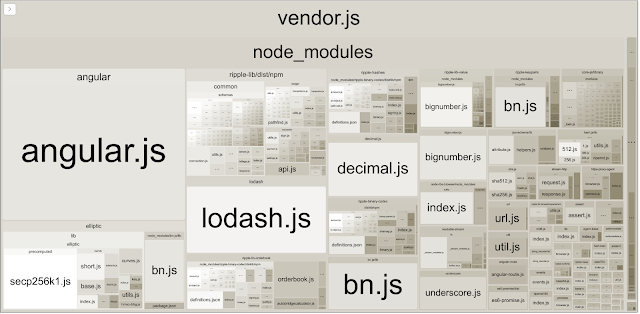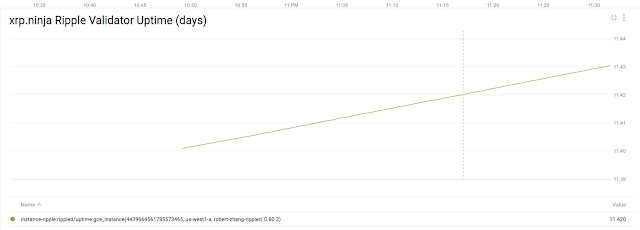Announcing https://orderbook.xrp.ninja

I just made a website https://orderbook.xrp.ninja . I have explained why I did it in the front page. I am going to record some of the problems that I had and how I solved them in this post. Prod code doesn't work The code works in development mode. But it doesn't after minified. The error message was: Uncaught Error: [$injector:modulerr] Failed to instantiate module rp due to: Error: [$injector:unpr] Unknown provider: e I found a post on stackoverflow and fixed it like this . Add domain to an existing Letsencrypt cert $ certbot certonly --cert-name rippled.xrp.ninja -d rippled.xrp.ninja,ripple.xrp.ninja,www.xrp.ninja,xrp.ninja,orderbook.xrp.ninja Redirect http traffic to https on lighttpd Add this to lighttpd.con and also enable mod_redirect . $HTTP["scheme"] == "http" { # capture vhost name with regex conditiona -> %0 in redirect pattern # must be the most inner block to the redirect rule $HTTP["host"] =~ ".*&qu



